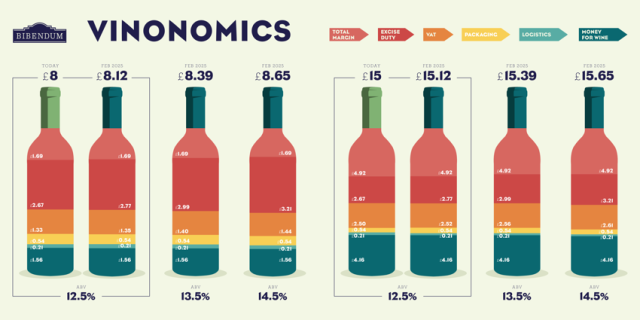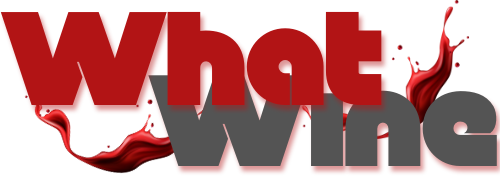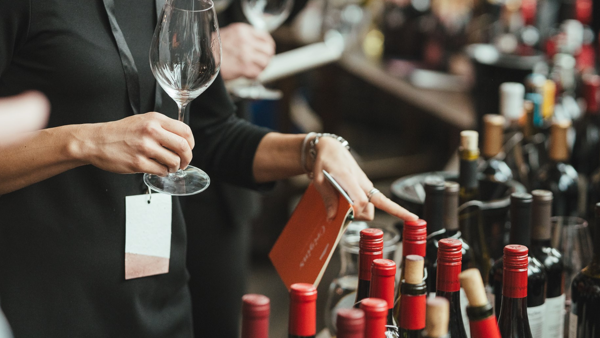As the UK wine industry prepares for the end of wine duty relief in February, Bibendum is leading efforts to overcome the challenges posed by the upcoming strength-based duty structure.
Jamie Avenel, Wine Buying Director, highlights how the company is adapting to the evolving landscape and supporting its trade clients.
Challenge complexity
The new duty system links duty rates to alcohol by volume (ABV), adding layers of complexity for suppliers like Bibendum. “Different wines of the same wine can have different levels of ABV, and under the new system there will be different levels of duty,” Avenel told db. “Our role is to work with our producers and customers to facilitate this new way of working.”
Bibendum has invested heavily in new systems and processes to ensure the smooth management of these changes, positioning itself to provide clarity and efficiency.
This proactive approach extends to its commercial clients, with dedicated support to mitigate the impact of fee changes. “Our sales teams are working closely with customers to make sure they are aware of the changes and what it means for their wine list,” Avenel said. Collaboration remains the cornerstone, as custom wine lists balance value, quality and profit opportunities.
To adapt effectively, the wine buying team has monitored trends and worked with producers for over a year, anticipating shifts such as the move toward lower ABV wines, especially for house selections. New launches that reflect these trends are scheduled to debut in the spring according to Avenel.
Adapting to the supply chain
The complexity of the new system extends across Bibendum's operations. “The changes add significant complexity throughout the supply chain, with the need to ensure all wines arrive with the correct ABVs and are communicated to customers ahead of time,” Avnell said.
The company has spent the past 18 months planning and implementing changes across geographies and business units. This includes addressing risks such as prioritizing low-ABV wines over quality, which may impact consumer perceptions. “Our aim is to ensure complete clarity on how fee changes will impact our customers’ wine lists, and how the range can be adapted to get the best value and maximize profit,” Avenel said.
Regular updates are available on the Bibendum website, while ongoing client briefings into the new year should ensure businesses are well prepared.
While duty changes pose challenges, they also provide opportunities for innovation. Avenell alluded to Bibendum's strong partnerships with producers. “We will monitor the changing wine landscape over the coming months and ensure that our portfolio evolves as required,” he said.

Long term strategy
To remain competitive, Bibendum is keeping pace with changing consumer behaviour. “The wine consumer is increasingly drinking less but drinking better. This wine drinker is willing to spend more on a really good glass of wine and is not willing to compromise on quality,” Avenel said.
The company collaborates with producers to explore ways to reduce ABV without compromising quality, adapting its strategy to customer needs and preferences.
Low-ABV house wines may become more prevalent in price-sensitive sectors. “When a product is at a more price-sensitive price point, customers will likely look to reduce the value-added value of house wine to maintain competitive prices,” Avnell predicted.
Ready for change
Despite the administrative burden, Bibendum's investment in systems and talent ensures readiness. “We are an international company and have invested in our systems, processes and people to allow us to manage this new way of working,” Avenel said.
Heading into February, Bibendum's customer-first approach aims to ease the transition for all stakeholders, paving the way for cautious optimism under the new fee regime.
Related news
5 ways to deep clean your carafe after Christmas
Christmas lights in the UK could buy 14 million types of mulled wine
Five discoveries from the wine trade in 2024


